In a world saturated with new products and services, the battle for consumer attention is no longer won by simply having the most advanced technology or the lowest price. The real winners are those who create solutions that are not only functional but also intuitive, delightful, and deeply connected to the needs and desires of their users. This is the core tenet of Human-Centered Design (HCD), a powerful and revolutionary approach to problem-solving that places the human experience at the very heart of the innovation process. Unlike traditional methods that prioritize technology or business goals, HCD begins and ends with people. It is a philosophy that seeks to understand their lives, empathize with their challenges, and co-create solutions that truly matter. This comprehensive article will delve into the foundational principles of Human-Centered Design, walk through its iterative process, highlight its immense benefits across various industries, and explore the future of this essential mindset that is shaping the next generation of products, services, and experiences.
What is Human-Centered Design?

Human-Centered Design is a creative and practical framework that uses a human lens to solve problems. It’s an approach to designing products, services, and systems that is rooted in empathy and a deep understanding of the people for whom you are designing. The philosophy is based on the belief that the best solutions come from gaining a profound understanding of user needs and context. It’s a move away from designing for an idealized user and toward designing for real people with real problems.
The core tenets of HCD can be summarized in three fundamental principles:
A. Empathy: This is the most critical and defining characteristic of HCD. It requires designers and innovators to step into the shoes of their users, to understand their world, their motivations, their pain points, and their emotions. This is not just about listening to what people say; it’s about observing what they do, how they interact with their environment, and what they truly need, even if they can’t articulate it themselves. Empathy is the fuel that drives the entire HCD process.
B. Ideation: Once a deep understanding of the user is achieved, the next step is to use that insight to generate a wide range of creative and innovative solutions. HCD emphasizes radical thinking and brainstorming without judgment. The goal is to generate as many ideas as possible, no matter how wild or unconventional they may seem. This phase is about quantity over quality, as even a seemingly unfeasible idea can spark a truly brilliant one. The insights from the empathy phase act as guardrails, ensuring that the ideation remains grounded in genuine user needs.
C. Prototyping: HCD is a hands-on, iterative process. Instead of spending months or years developing a perfect, polished product in secret, HCD encourages the creation of tangible, low-fidelity prototypes early and often. These prototypes, which can be as simple as a sketch on a napkin or a cardboard mock-up, are used to test ideas with real users. The purpose is not to create a finished product but to get feedback, learn quickly, and iterate. This constant cycle of building and testing reduces the risk of launching a product that nobody wants or needs.
The HCD Process
The HCD process is typically broken down into a series of phases, though it’s important to remember that it’s not a rigid, linear progression. It’s a fluid, non-linear, and cyclical journey that encourages teams to loop back to previous phases as they learn more. The following four phases represent a common framework for applying HCD in practice.
Phase 1: Empathize
This phase is all about getting to know the people you are designing for. It’s the foundation upon which the entire project is built. Without a deep, genuine understanding of the user, the project is destined to fail.
A. User Interviews: Conduct one-on-one conversations with a diverse group of users. Ask open-ended questions to uncover their stories, their daily routines, their frustrations, and their aspirations. The key is to listen without judgment and to ask “why?” repeatedly to get to the root of their behaviors and emotions.
B. Ethnographic Research: Go into the user’s natural environment and observe them as they go about their lives. If you are designing a kitchen appliance, watch how people cook. If you are designing a mobile app for commuters, ride the train with them. Observing behavior can reveal unspoken needs and pain points that a user might not even be aware of.
C. Journey Mapping: Create a visual representation of the user’s experience with a product or service over time. A journey map illustrates the steps a user takes, their emotions at each stage, and their pain points. This helps the design team see the entire user experience from a holistic perspective and identify key opportunities for improvement.
D. Creating Personas: Synthesize your research into fictional, archetypal user personas. A persona is a detailed profile of a typical user, including their background, goals, motivations, and frustrations. Personas help the team keep the user in mind throughout the entire process and prevent them from designing for a generic, abstract user.
Phase 2: Define
Once you have gathered a wealth of information in the empathize phase, the define phase is about making sense of it all. It’s the transition from a broad, general understanding to a specific, actionable problem statement.
A. Synthesize Findings: The team sifts through all the data—interview transcripts, observational notes, journey maps, and research—to identify patterns and key insights. The goal is to find the common themes and hidden needs that emerged from the research.
B. Create a Problem Statement: Based on the synthesized findings, the team crafts a concise and compelling problem statement. This is not a solution, but a clear articulation of the user’s need. A good problem statement is “How might we…?” For example, “How might we make it easier for busy parents to find healthy, quick meal options?” This reframes the problem in a way that invites a wide range of creative solutions.
Phase 3: Ideate
This is the creative engine of the HCD process. With a clear problem statement in hand, the team can now begin to generate ideas.
A. Brainstorming: Organize a brainstorming session with a diverse group of people from different backgrounds and departments. The rules of brainstorming are simple: no idea is a bad idea, encourage wild ideas, and build on the ideas of others. The goal is to generate a large quantity of diverse ideas to solve the problem statement.
B. Mind Mapping and Sketching: Use visual tools to explore and connect ideas. Mind mapping helps the team see the relationships between different concepts, while sketching allows for the rapid visualization of potential solutions. These tools help to move beyond words and to think more creatively and holistically.
Phase 4: Prototype and Test
This phase is the iterative heart of HCD. It’s about turning ideas into tangible things and getting them in front of real people.
A. Low-Fidelity Prototyping: Create quick and cheap versions of your ideas. This could be a paper mock-up of an app screen, a simple cardboard model of a new product, or even a role-playing exercise to test a new service. The goal is to get something in front of users as quickly as possible to get initial feedback.
B. High-Fidelity Prototyping: As an idea is refined, create a more realistic and detailed prototype. This could be a clickable digital prototype of an app, a 3D-printed model of a product, or a detailed script for a service. These prototypes are used to test a more polished version of the solution.
C. User Testing: Bring your prototypes to a group of users and ask them to interact with them. Observe their behavior, listen to their feedback, and note their frustrations and delights. This feedback loop is what allows the team to learn and iterate. A key insight from testing can send the team back to the drawing board to redefine the problem or ideate new solutions.
Why HCD is a Game-Changer
The shift to a human-centered approach is not just a methodology; it’s a strategic advantage that yields significant benefits.
A. Creates More Innovative and Effective Solutions: By starting with the user, HCD uncovers unmet needs and hidden problems that would be missed in a technology-first approach. This leads to the creation of truly innovative solutions that solve real-world problems and stand out in the marketplace.
B. Reduces Risk and Cost: The iterative nature of HCD, with its emphasis on rapid prototyping and user testing, significantly reduces the risk of failure. By getting feedback early and often, teams can avoid spending a lot of time and money developing a solution that ultimately doesn’t work. This saves organizations from costly mistakes and late-stage pivots.
C. Builds Stronger Brand Loyalty: Products and services that are designed with a deep understanding of the user’s needs create a more satisfying and enjoyable experience. This leads to happier customers, positive word-of-mouth, and stronger brand loyalty. When a company shows that it truly understands and cares about its customers, it builds a relationship that goes beyond a simple transaction.
D. Fosters a Culture of Creativity and Collaboration: HCD is inherently a collaborative process. It brings together people from different disciplines—designers, engineers, marketing professionals, and business leaders—to work together on a common goal. This cross-functional collaboration breaks down organizational silos and fosters a culture of creativity, empathy, and innovation.
HCD in Different Industries
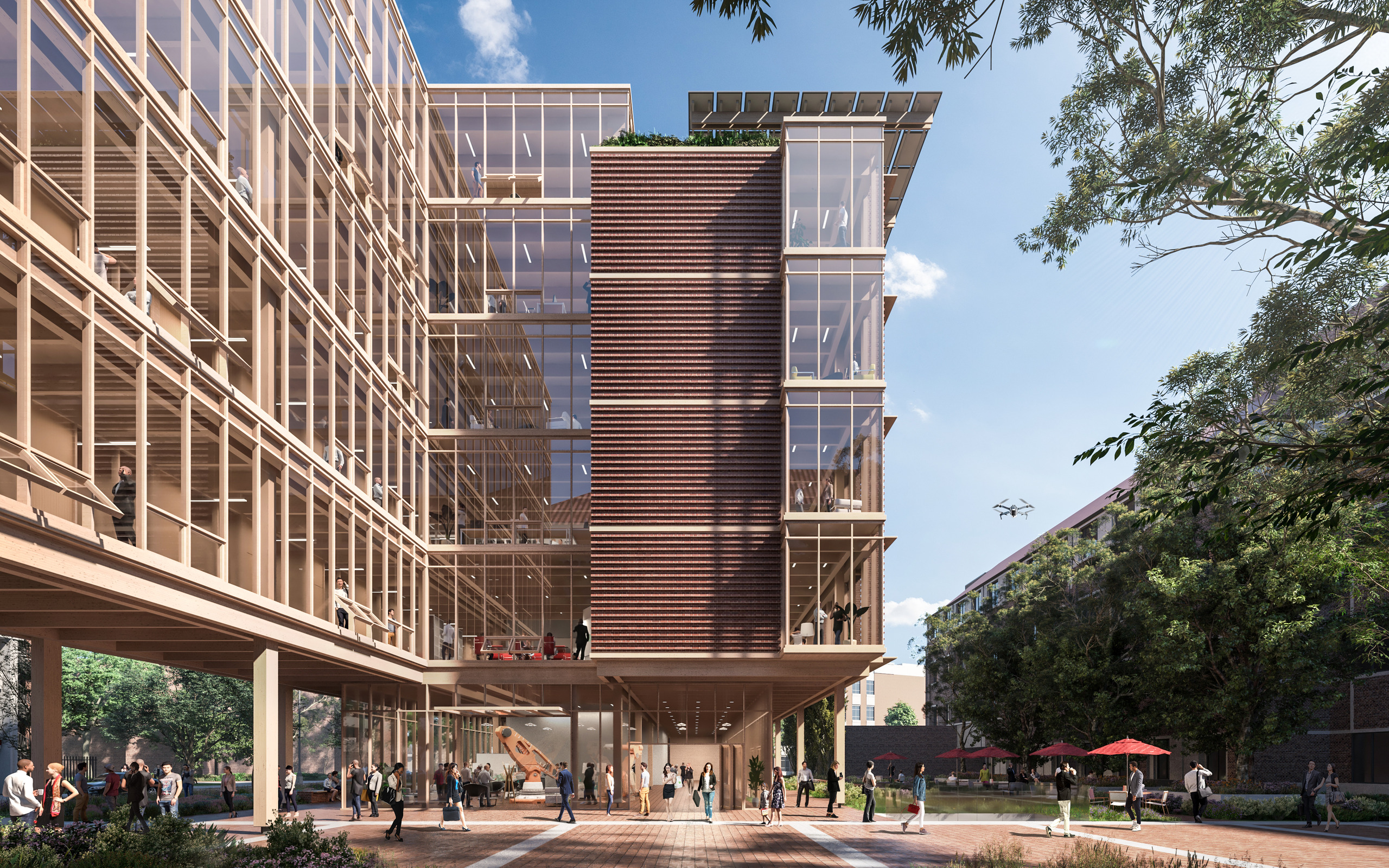
The principles of Human-Centered Design are universal and can be applied to any industry to solve a wide variety of problems.
A. Technology: The most prominent application of HCD is in the tech industry, where it is often referred to as User Experience (UX) Design. UX designers use HCD principles to create apps, websites, and software that are intuitive, easy to use, and a pleasure to interact with. A great UX design makes a complex technology feel simple and seamless.
B. Healthcare: HCD is being used to design patient-centric healthcare systems. This includes creating more intuitive medical devices that reduce human error, designing hospital layouts that improve patient flow and comfort, and developing digital platforms that make it easier for patients to manage their health information and communicate with their doctors.
C. Urban Planning: Human-Centered Design is transforming urban planning by putting the needs of residents at the forefront. Planners are using HCD to design public spaces that are more accessible and enjoyable, transportation systems that are more efficient and less stressful, and city services that are more responsive to the needs of the community.
D. Education: In the field of education, HCD is being used to create more engaging and effective learning experiences. This includes designing educational software that is more intuitive for students and teachers, creating classroom environments that foster collaboration and creativity, and developing learning tools that address the unique needs of a diverse student body.
Challenges and Misconceptions of HCD
While HCD is a powerful framework, it is not without its challenges and common misconceptions.
A. It’s Not a Linear Process: Many people mistake HCD for a simple, linear, step-by-step process. In reality, it is a messy, cyclical, and iterative process. A team might be in the prototyping phase and discover a key insight that sends them back to the empathize phase for more research. The non-linear nature can be challenging for organizations that are used to a more traditional, rigid project management style.
B. The Investment in Research: The empathize phase of HCD requires a significant investment of time and resources. For a company that is focused on quick deliverables, the idea of spending weeks or months on research before even beginning to design can be a hard sell. However, this initial investment is what ultimately saves time and money down the line by ensuring that the solution is right from the start.
C. Managing Diverse User Needs: It can be challenging to design for a diverse group of users with different needs, motivations, and abilities. A solution that works for one group might not work for another. HCD addresses this by creating multiple personas and designing a solution that is flexible and accessible to the widest possible audience.
D. It’s Not Just for Designers: A common misconception is that HCD is a framework only for designers. In fact, it is a mindset that should be adopted by everyone in an organization, from the CEO to the marketing team. When everyone in the company is empathetic to the customer, the entire organization becomes more innovative and customer-centric.
The Future of Human-Centered Design
As HCD continues to gain traction, its application will grow and evolve in exciting new ways.
A. Integration with Artificial Intelligence: The future of HCD will see a powerful integration with AI. AI can be used to analyze vast amounts of user data, identify patterns and insights that would be missed by a human, and even assist in the ideation and prototyping phases. However, the human touch of empathy will remain crucial for interpreting these insights and making ethical design decisions.
B. HCD and Sustainability: HCD will play a critical role in designing a more sustainable future. By understanding human behavior and motivations, designers can create products and services that encourage more eco-friendly choices, from designing reusable packaging that is more convenient for consumers to creating circular systems that make recycling and upcycling easy.
C. Scaling HCD Across Organizations: The future of HCD is not just about using it on a single project but about embedding it into the very culture of an organization. This means training every employee in HCD principles, creating cross-functional teams, and making empathy a core value. When an entire organization is human-centered, it becomes a powerful engine for innovation and growth.
Conclusion
Human-Centered Design is more than just a set of tools and techniques; it is a philosophy that redefines the relationship between people, products, and problems. By prioritizing empathy, creativity, and an iterative approach, HCD empowers us to create solutions that are not only functional and profitable but also deeply meaningful and humane. It is the driving force behind the next wave of innovation, and it is a mindset that will continue to shape our world for generations to come.


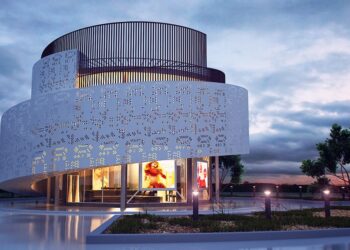
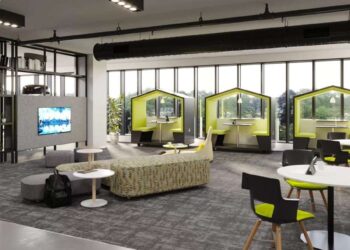

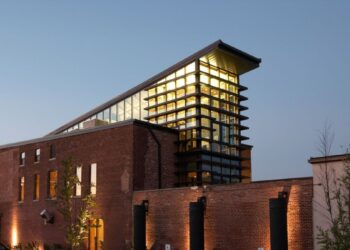


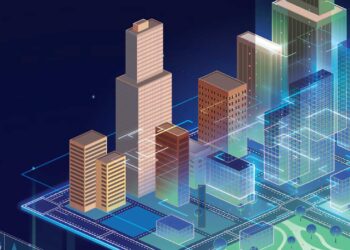

Discussion about this post